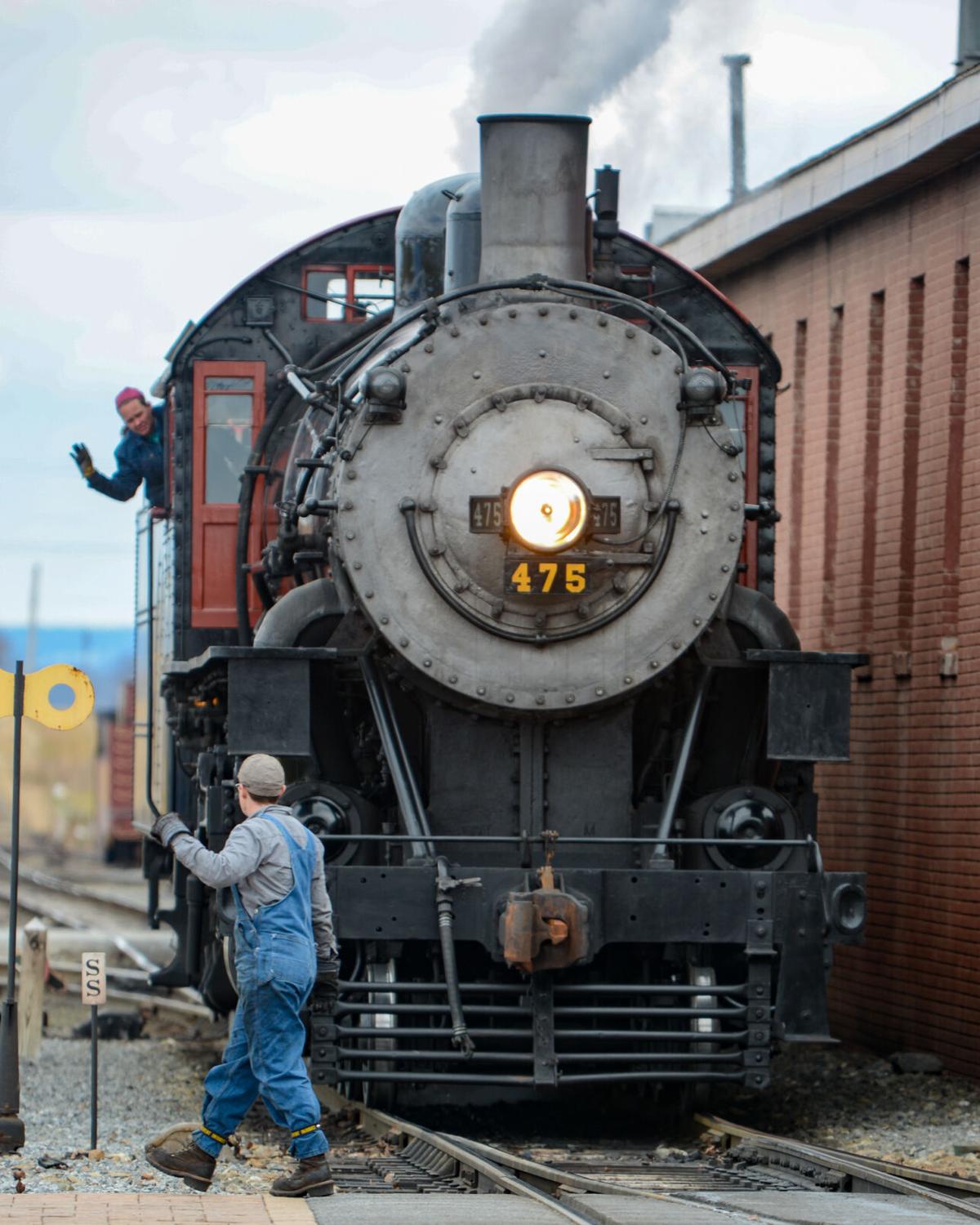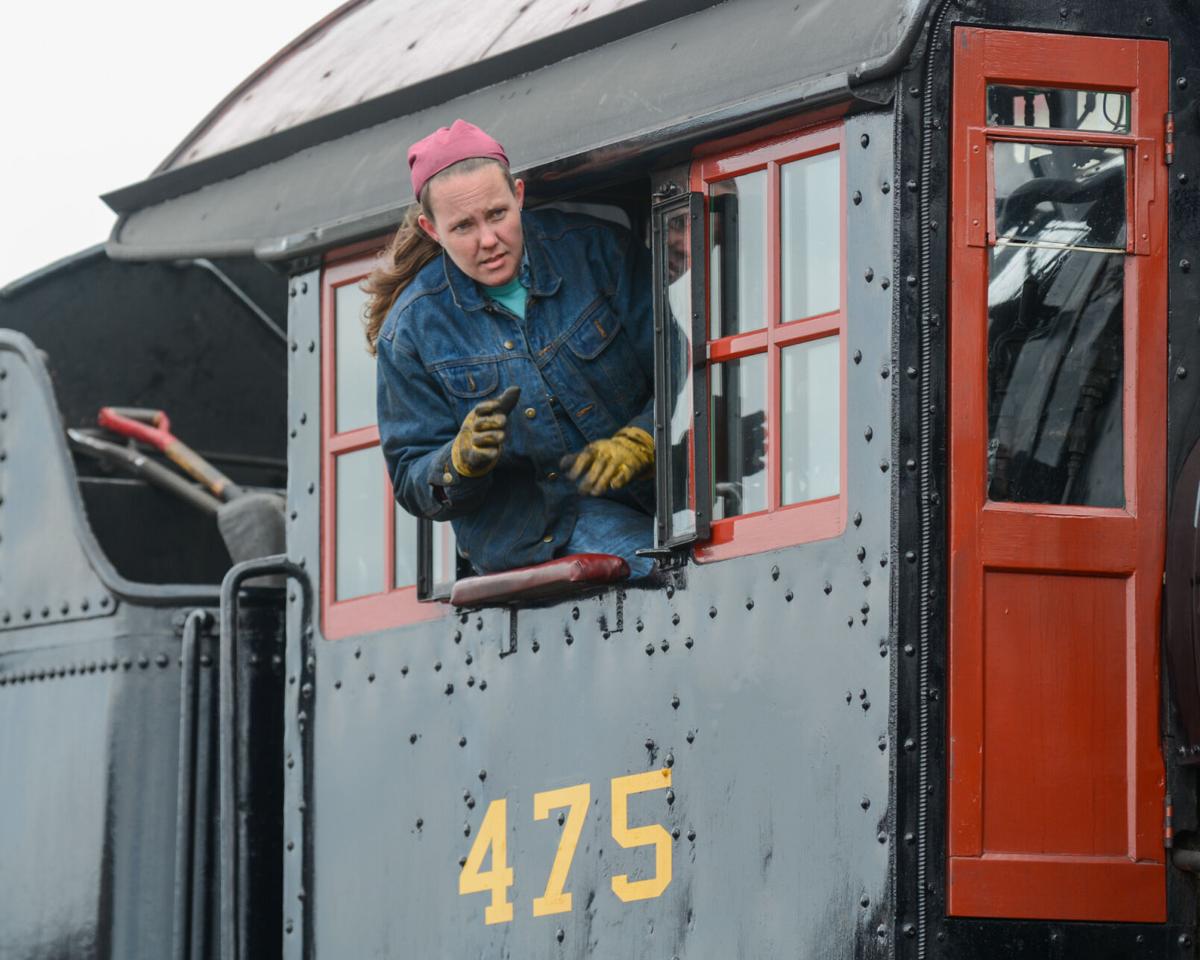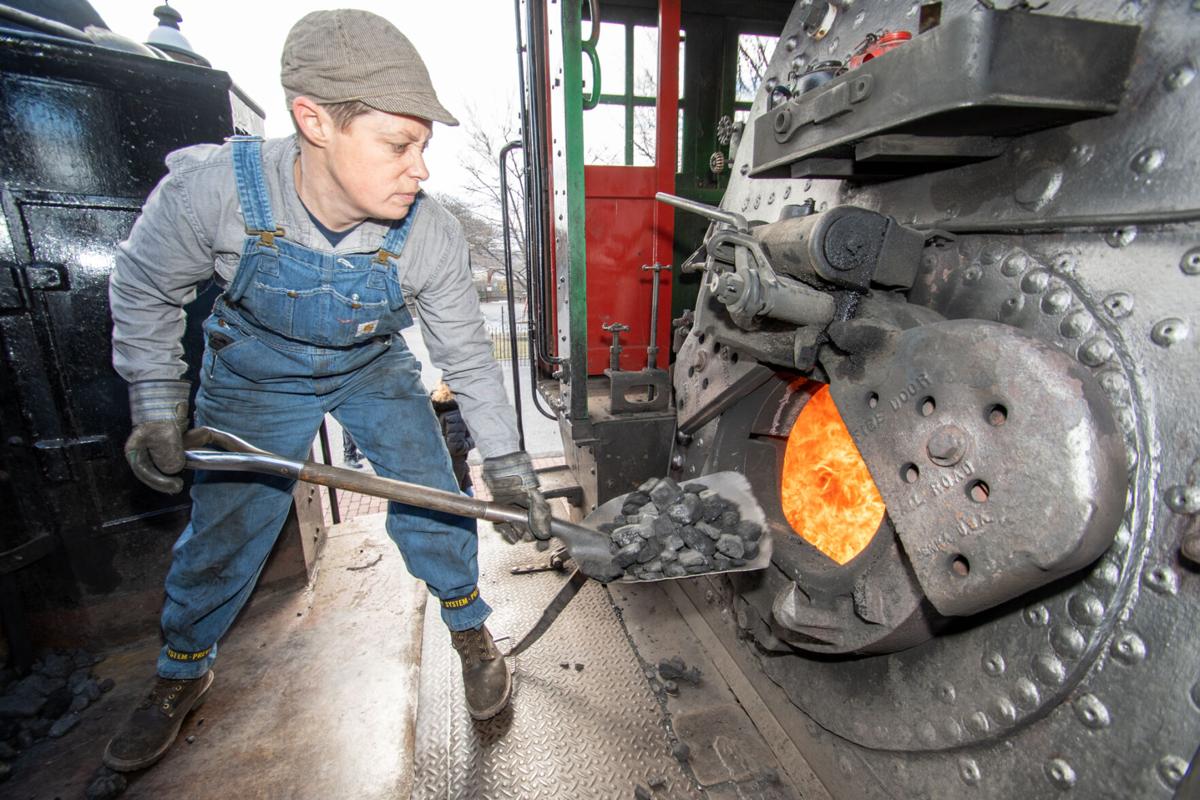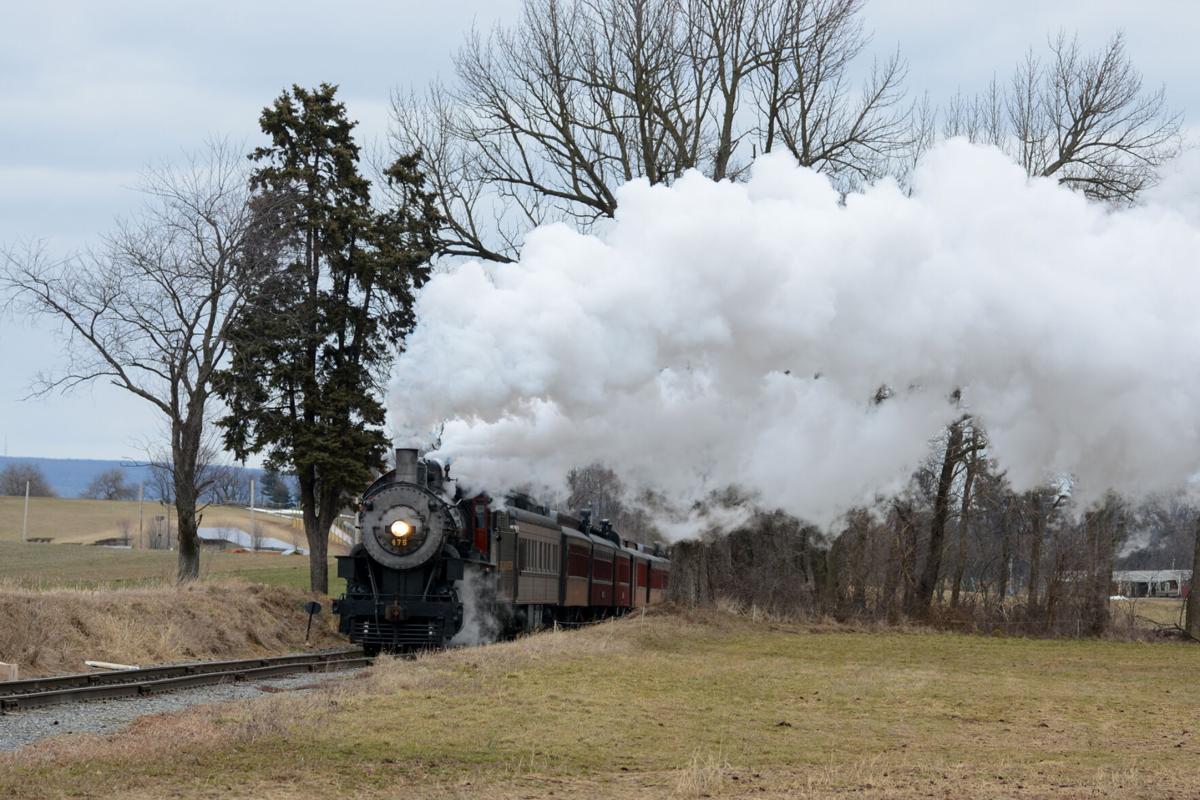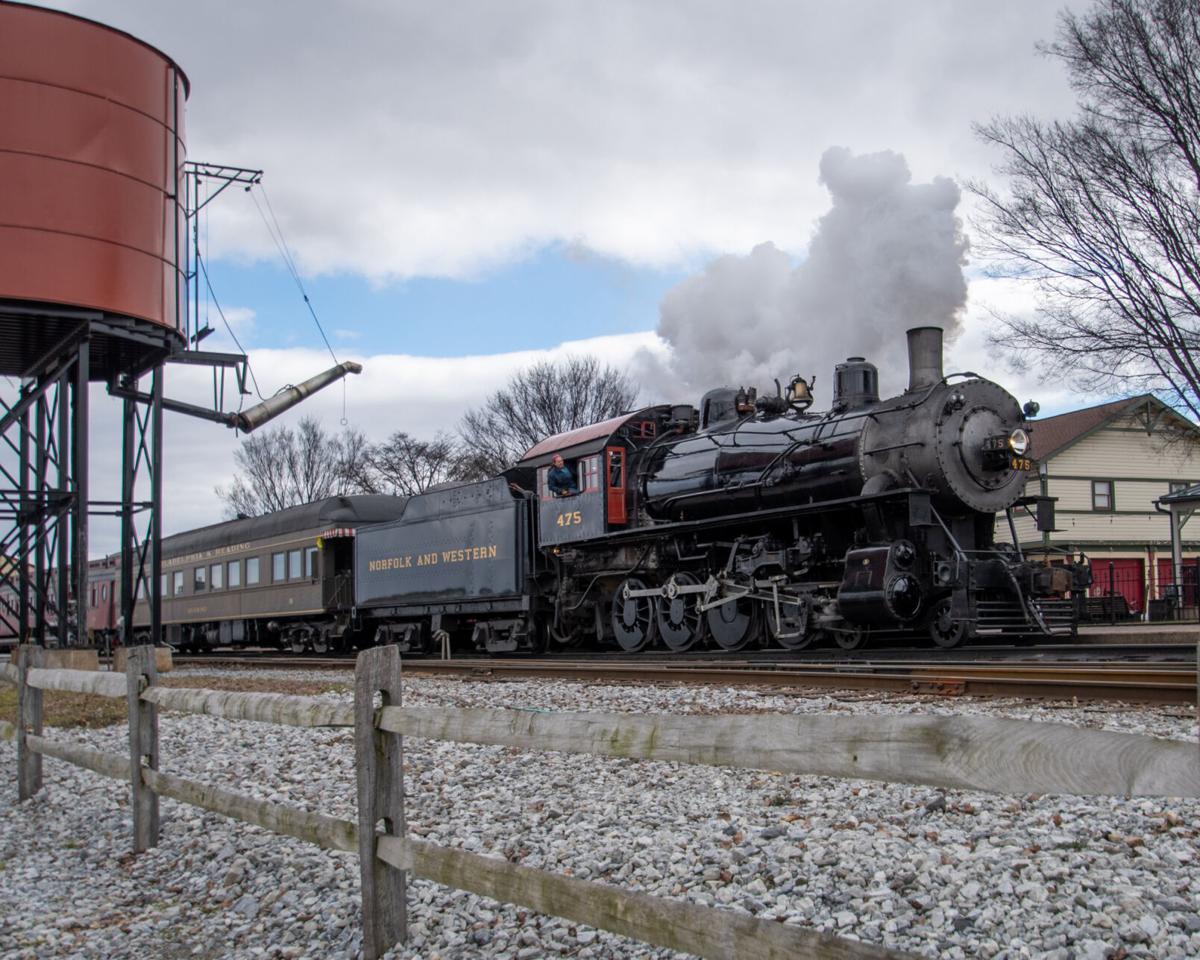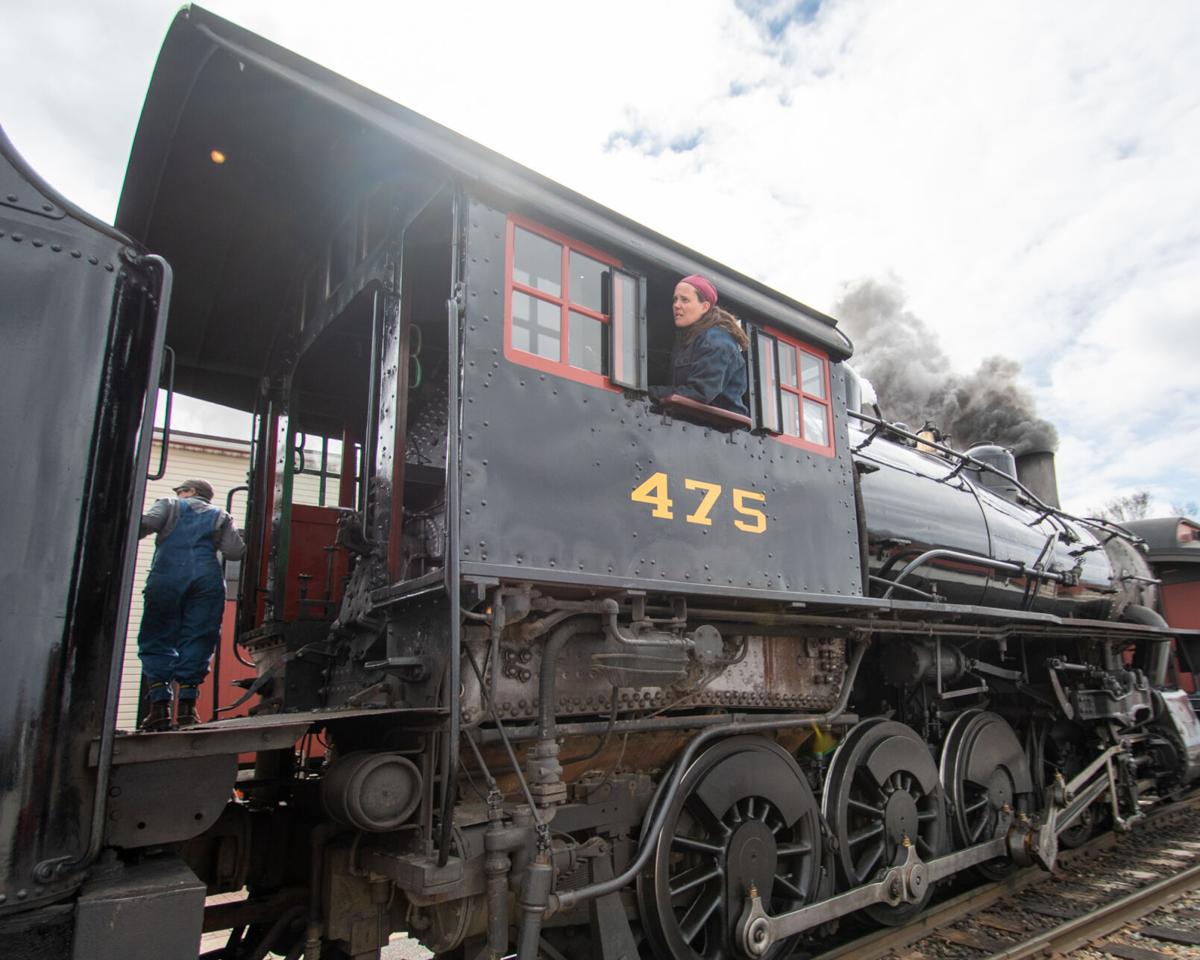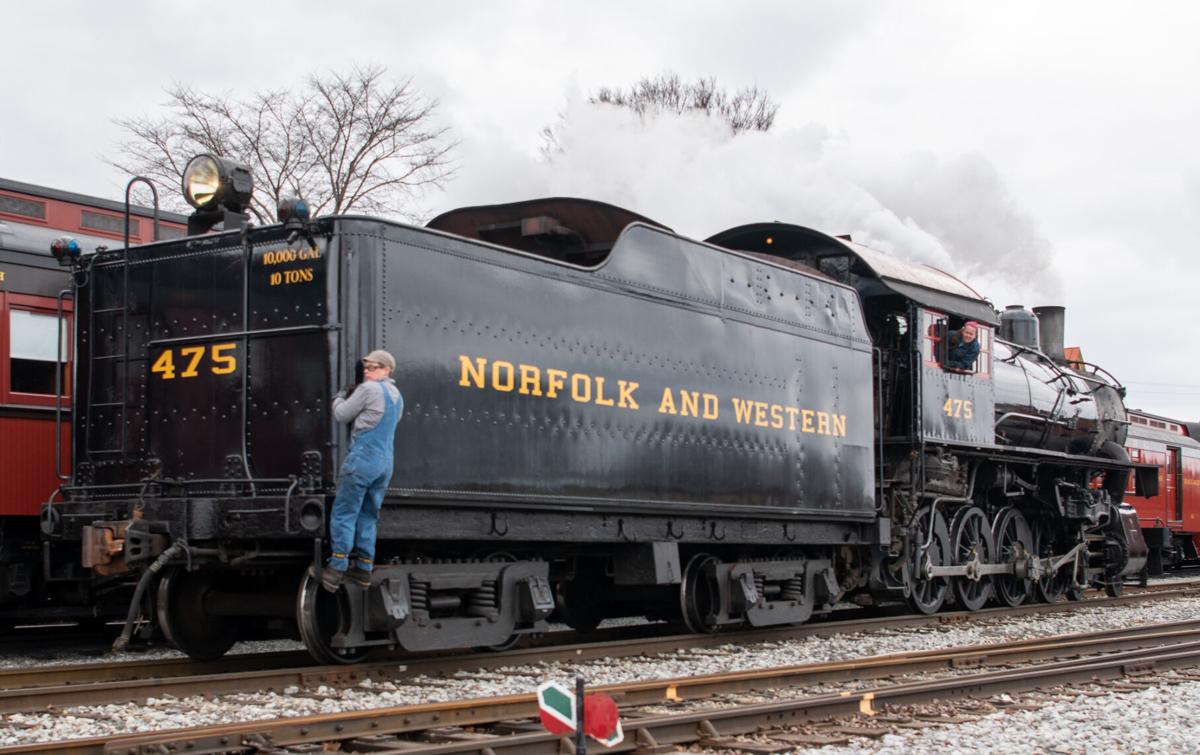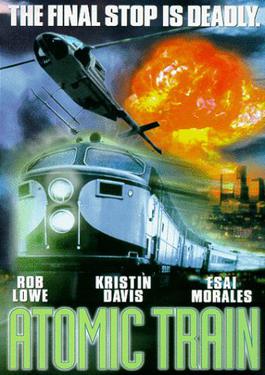There was a thread on RYPN where someone was asking if there were female engine crews during the steam era, particularly during WWII when women popped up in jobs where they previously had not held job due to men being drafted. The consensus was that, no, it was a rarity. While they did take over minor jobs like telegraph operator, washing locomotives and cars, operating turntables, and station agents. There were some female hostlers, who built the fires in the engines and moved them around the maintenance facilities. Pacific Electric employeed females in their shops for winding the traction motors, because they felt they were more detail-oriented and did a better job at it. And there were female motormen (motorwomen) operating streetcars during both WWI and WWII, and they were typically let go once the men returned from the war effort. But as for running engines over the road on assignment? Very rare.
Part of it was because engineers and fireman were largely exempt from the draft because A) they tended to be older and B) they were serving the war effort in their jobs. Not a whole lot of engineers and firemen were drafted. One person recounted a relative who was a PRR switch engine operator and had a draft deferment and he was basically told that he had to keep quiet about the fact that he was exempt from the draft, otherwise the PRR would let him get drafted.
Another issue was that to be an engineer, you had to do time as a fireman, and railroads used a person's physical build as a major factor in hiring firemen, particularly on roads that used hand-fired coal engines (like PRR or D&H). Even a male could be turned down if the person doing the hiring felt the interviewee was too short or scrawny. So, a lot of railroads, with the mindset of the time, were not going to be inclined to hire on a female fireman because they wouldn't think they were up to the job.
There was also the issue of superstition. A lot of front end crews felt that it was bad luck to have a woman up in the cab and would have pitched a fit and made the railroads rethink hiring them. The basis for the superstition was that engine crews thought of locomotives as females, and they felt that a woman in the cab would "make the engine jealous" and give them trouble. There was also concerns from management that an engineer or fireman with a female fireman or engineer would possibly be distracted from his duties.
One person said that decades ago he had befriended an old AT&SF engineer who told me about an experiment to put female engineers in the cabs of locomotives during WW II. He said they could not get past the "need for a regular bathroom" so the idea was dropped. Pretty understandable. Diesel locomotives, with their bathrooms inside the body of the locomotive, eliminated that hurdle.
So, women engineers and fireman on American Class Is during the steam era are pretty much unheard of. Someone claims that SP had a female engineer on the mainline, although they failed to mention her name and I can't find any reference to one. Its possible, since SP had a lot of oil-fired engines, which were less physically demanding on the fireman, which would have allowed her to work her way up. There are several accounts of female engineers and fireman on various short lines, such as the 2-mile long Augusta Railroad in Arkansas, and industrial lines. There are a few stories of female engine hostlers during WWII who had to take a train over the line because of a crew shortage.
Russia made a big to-do about having female steam crews during WWII. Granted, they also had women serving in combat roles on the front line and flying planes in a combat role.
